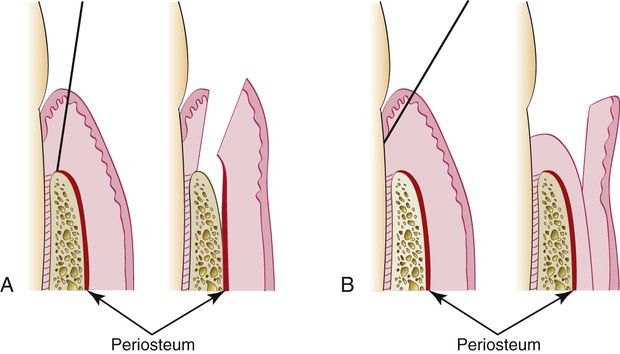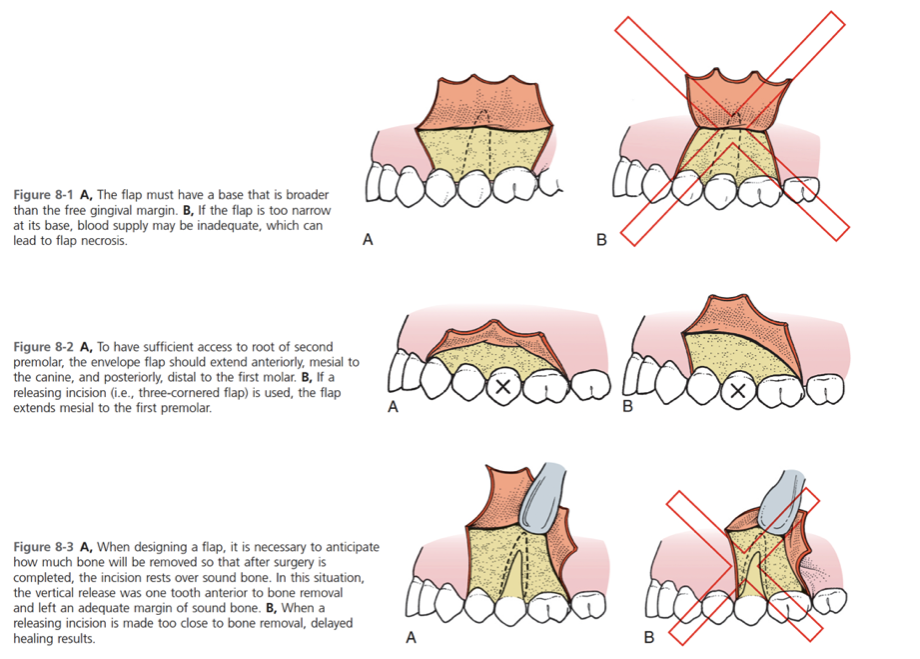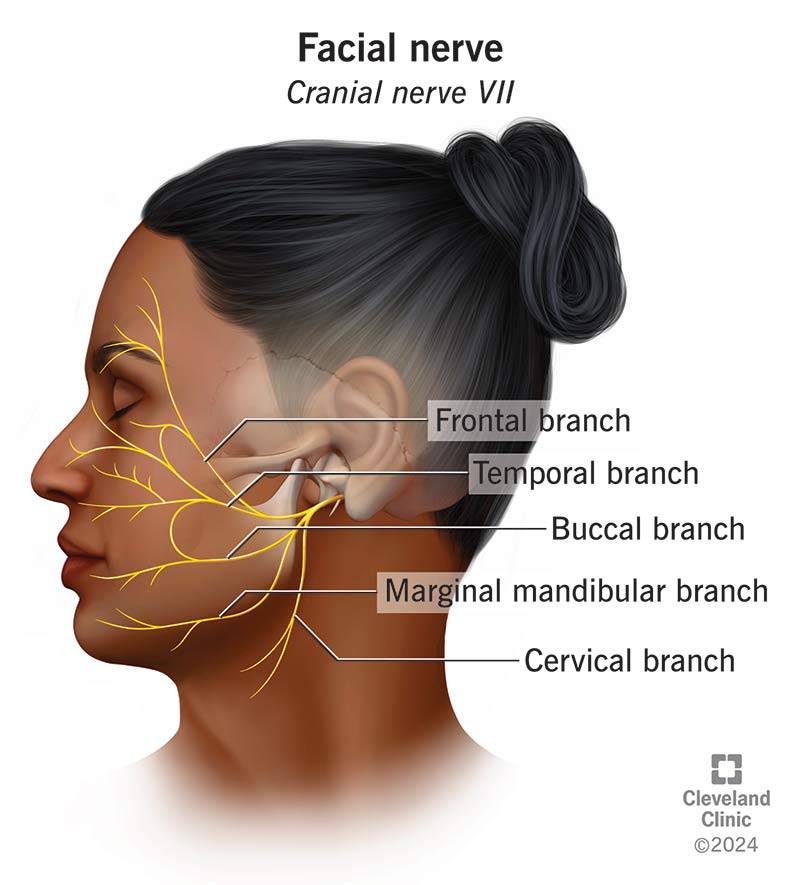#Prothesis1-Which of the following impression materials is hydrophobic:A. Polyvinyl siloxaneB. alginateC. polyetherD. none of the above
#Orthodontics2-Posterior cross bite with functional shift would be treated with:A. Unilateral expansion in late mixed dentition.B. unilateral expansion in early mixed dentitionC. bilateral expansion in the late mixed dentition
D. bilateral expansion in early mixed dentition
D. bilateral expansion in early mixed dentition
#Surgery3- An envelope flap that is 6mm in comparison to 12mm will have:A. 50% faster healingB. 50% slower healingC. Healing that is twice as fastD. Healing that is twice as slowE. The same healing time
#Surgery4-A patient presents after surgery with a small swelling in the mucosa. The patient has no pain, fever or lymphadenopathy. The most appropriate management is:A. ObservationB. AntibioticC. Anti-inflammatoryD. Curettage
✅ Observation – Monitor the swelling for any changes. In most cases, it resolves spontaneously within days to weeks. If the swelling persists, enlarges, or becomes painful, further evaluation may be needed.
#surgery5-Which nerve is mostly damaged in a TMJ surgery:A. V B. VII C.xD.III
Join our AFK Weekly newsletter
Solving questions is really important, but solving exam grade questions with true and authenticated answers is critical.
Will post a question everyday, then at the week end will do a video to explain the correct answers and the concept of each questions, signup now to get weekly updates.
Will post a question everyday, then at the week end will do a video to explain the correct answers and the concept of each questions, signup now to get weekly updates.
Thank you!



